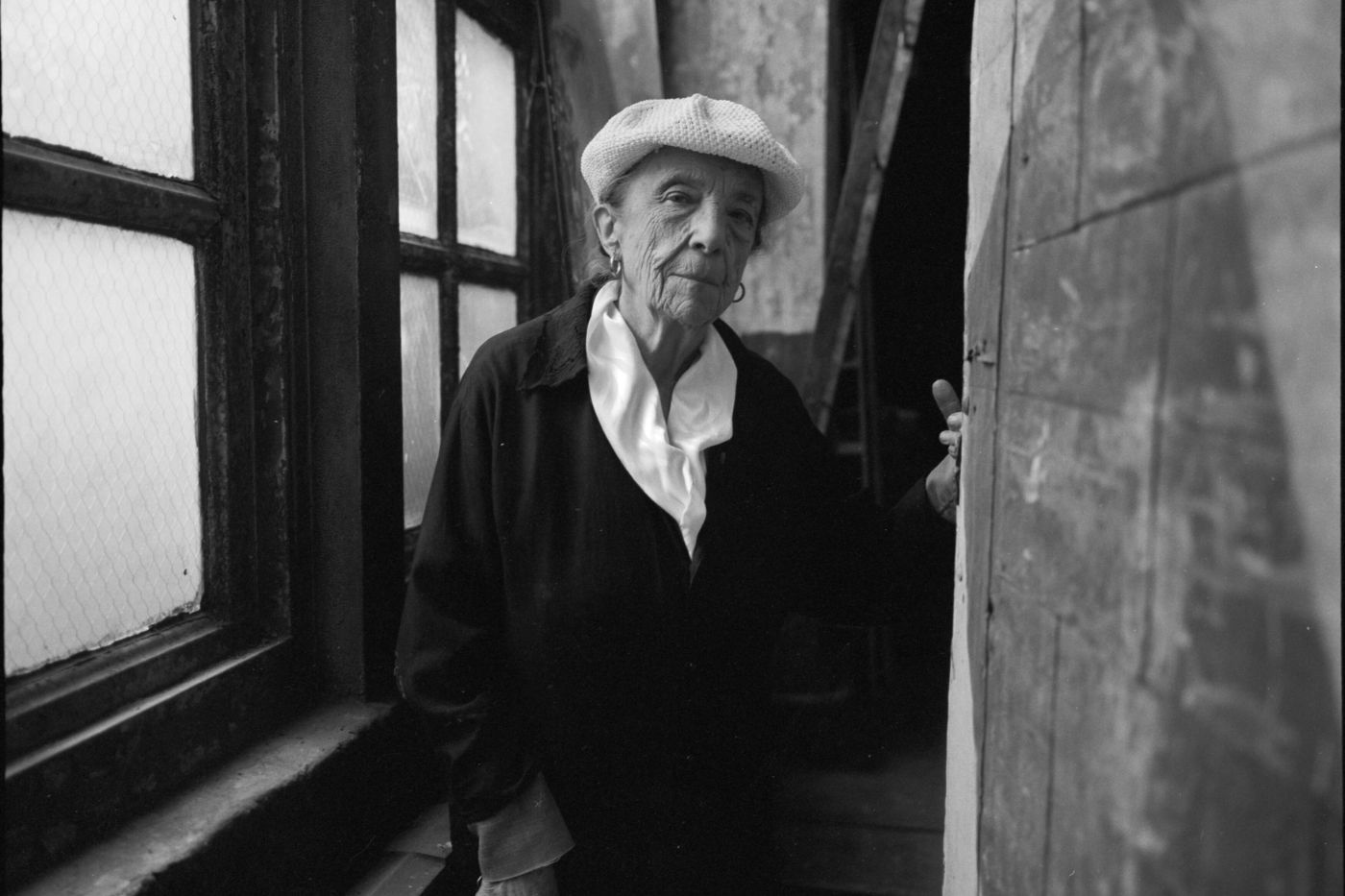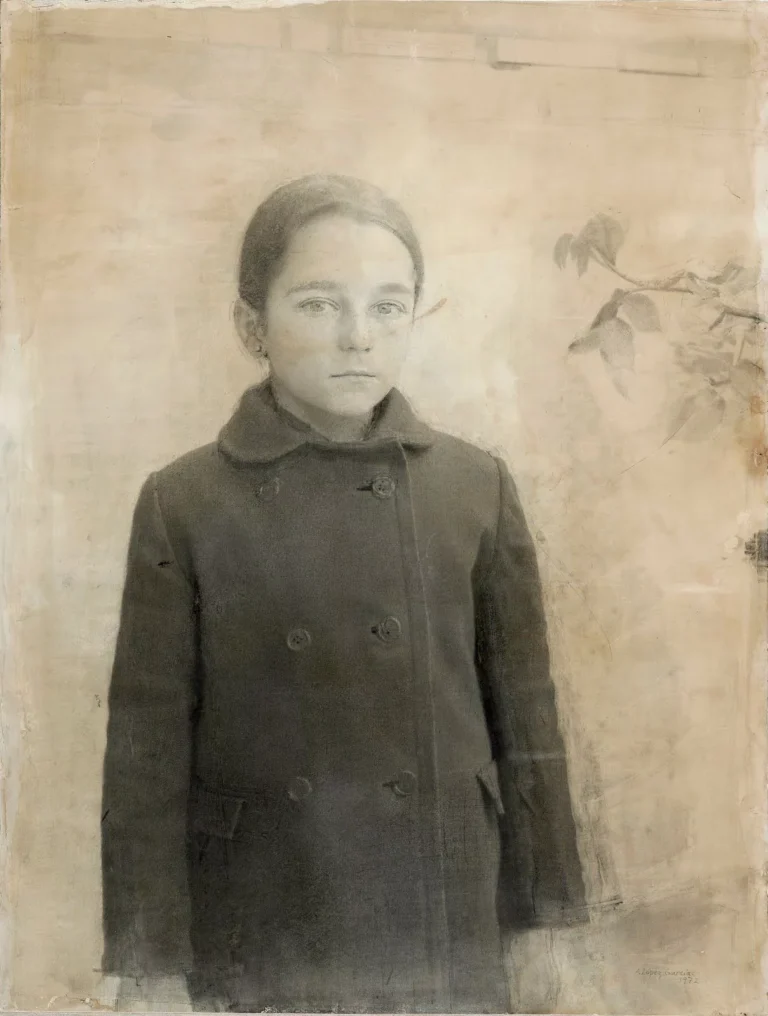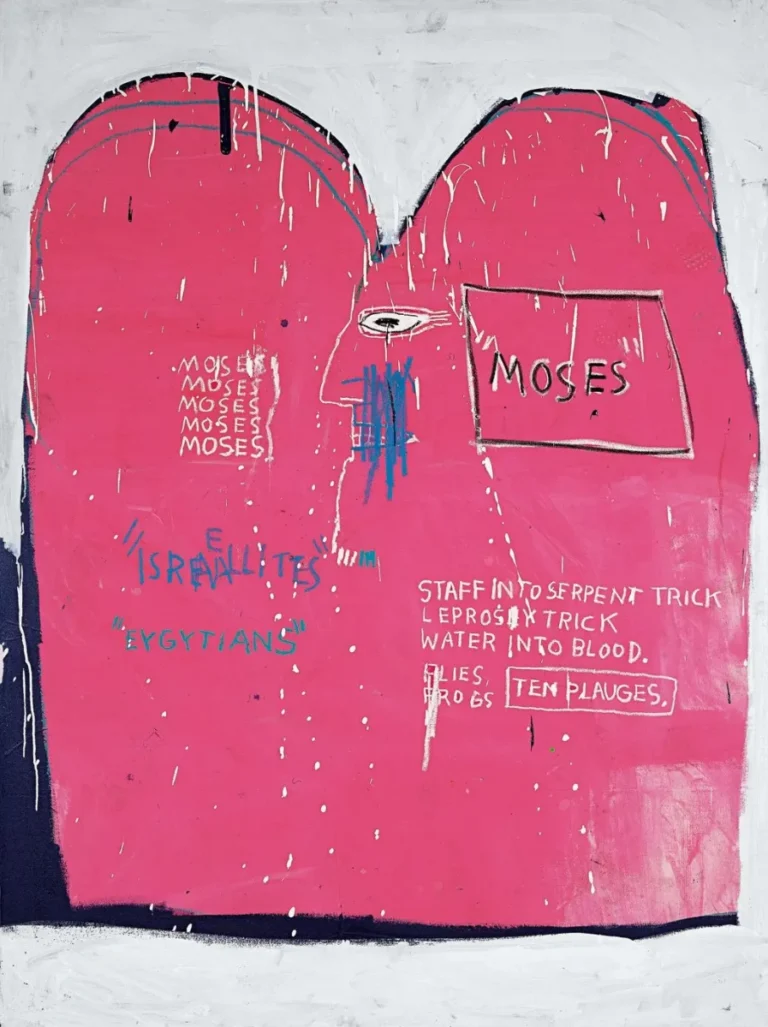Looking for a muse? Check no further. Discover the Best of Art, Culture, History & Beyond!

Imagine stepping into a world where art becomes a visceral extension of personal history, where sculptures and installations serve as conduits for exploring the deepest recesses of human emotion. This is the realm of Louise Bourgeois, a French-American artist whose prolific career spanned seven decades, delving into themes of memory, trauma, femininity, and the subconscious. Her work, characterized by its raw intensity and profound psychological depth, continues to resonate, offering a compelling exploration of the human condition.
Early Life – The Tapestry of Memory
Born on December 25, 1911, in Paris, Louise Joséphine Bourgeois was immersed in an environment rich with artistic and emotional complexity. Her parents, Josephine and Louis Bourgeois, were tapestry restorers, and from a young age, Louise was involved in the family business, assisting in the repair of antique textiles. This early exposure to the interplay of creation and restoration would later inform her artistic practice, where themes of mending and unraveling became central motifs.
However, beneath the surface of this artisanal upbringing lay a turbulent family dynamic. Her father’s infidelity, particularly his prolonged affair with the family’s English governess, shattered the veneer of domestic stability. This betrayal left an indelible mark on young Louise, fostering feelings of anger, betrayal, and abandonment. These emotions became the bedrock of her artistic exploration, as she sought to process and articulate the complexities of her early experiences through her art.
Academic Pursuits – From Mathematics to Art
Initially, Bourgeois pursued mathematics at the Sorbonne, drawn to its precision and order. She believed that mathematical discipline could offer a refuge from the emotional chaos of her personal life. However, the death of her mother in 1932 prompted a profound shift. Seeking solace and a means to express her grief, she turned to art, enrolling in various art schools across Paris, including the École des Beaux-Arts and the Académie Julian.
During this period, Bourgeois studied under prominent artists such as Fernand Léger, who recognized her potential and encouraged her to pursue sculpture. Her academic journey was not just a transition from one discipline to another but a fusion of analytical rigor and creative expression, laying the foundation for her multifaceted approach to art-making.
Transatlantic Transition – New York and Artistic Evolution
In 1938, Bourgeois married American art historian Robert Goldwater and relocated to New York City. This move marked a significant turning point in her life and career. Immersed in the burgeoning New York art scene, she was introduced to a milieu that was both challenging and invigorating. The city’s dynamic energy and the avant-garde movements of the time provided fertile ground for her artistic evolution.
Initially, Bourgeois’s work was influenced by the prevailing trends of Abstract Expressionism. She experimented with painting and printmaking, exploring themes of domesticity and personal history. However, she soon found these mediums limiting and turned to sculpture, where she felt she could more effectively convey the tactile and spatial dimensions of her experiences.
Artistic Themes – Weaving Personal Narratives
Bourgeois’s oeuvre is a tapestry woven with threads of her personal history, emotions, and psychological explorations. Central to her work are several recurring themes:
- Memory and Trauma: Her art serves as a conduit for processing past experiences, particularly the emotional scars of her childhood. Works like “Destruction of the Father” (1974) are cathartic expressions of repressed anger and familial tension, transforming personal pain into universal narratives.
- Femininity and Sexuality: Bourgeois delved into the complexities of womanhood, exploring the dualities of strength and vulnerability. Her sculptures often feature organic, biomorphic forms that evoke the female body, challenging traditional representations and inviting viewers to reconsider preconceived notions of femininity.
- The Unconscious Mind: Influenced by Surrealism and psychoanalytic theory, she sought to externalize the inner workings of the mind. Her “Cells” series, for instance, creates enclosed spaces that symbolize psychological states, inviting introspection and self-examination.

Signature Works – Icons of Emotional Resonance
Several of Bourgeois’s works have become emblematic of her artistic vision, each encapsulating her thematic preoccupations and innovative approach:
- “Femme Maison” (1946-1947): This series of paintings depicts female figures whose heads are replaced by architectural structures. The imagery speaks to the conflation of identity and domesticity, highlighting the tension between personal autonomy and societal expectations imposed on women.
- “Maman” (1999): Perhaps her most iconic sculpture, “Maman” is a monumental spider standing over 30 feet tall. Crafted from steel and marble, the spider serves as an homage to her mother, a tapestry restorer whom Bourgeois likened to a spider—patient, industrious, and protective. The work embodies the dualities of nurture and menace, strength and fragility.
- “Cells” Series (1986-2008): This extensive series comprises architectural installations that enclose personal objects, textiles, and sculptures. Each “cell” represents a specific emotional state or memory, creating immersive environments that engage the viewer in a dialogue with the artist’s inner world.

Late Recognition – A Resilient Ascent
Despite her prodigious output, widespread recognition eluded Bourgeois for much of her career. The male-dominated art world of the mid-20th century often marginalized female artists, and her work, with its intense emotionality and unflinching exploration of taboo subjects, was at times dismissed or misunderstood.
It was not until the 1980s, as the art community began to reassess the contributions of women artists, that Bourgeois received the acclaim she deserved. In 1982, at the age of 70, she was honored with a retrospective at the Museum of Modern Art in New York, making her the first female artist to be so recognized by the institution. This milestone catalyzed a reevaluation of her work, positioning her as a pivotal figure in contemporary art.

An Enduring Influence
Louise Bourgeois passed away on May 31, 2010, at the age of 98, leaving behind a rich legacy that continues to inspire and challenge artists and audiences alike. Her fearless exploration of personal and universal themes has paved the way for subsequent generations to engage with art as a means of introspection and societal critique.
Her works are housed in major institutions worldwide, including the Museum of Modern Art, the Tate Modern, and the Centre Pompidou. “Maman” stands sentinel in various locations, a testament to the enduring power of her artistic vision.
Bourgeois’s art wasn’t about decoration—it was about excavation. She unearthed emotions, confronted memories, and made the intangible feel tangible. Through her fearless explorations of vulnerability, strength, and identity, she left behind a body of work that continues to challenge and inspire. Even now, standing before one of her pieces, you can feel the echoes of her emotions, her persistence, and her unwavering belief in art as a force for self-understanding.

This article is published on ArtAddict Galleria, where we explore the intersections of art, history, and culture. Stay tuned for more insights and discoveries!



